There are various regulations that drivers must follow when driving on the course. For example, it is prohibited driving out of the course. if it judged as track limit violation, it may be imposed penalty. It is also prohibited pushing a stopped car by hand.
Track Limit
The track means between the white lines at both side of the course. If all four tires of the car run off the track, it is judged as running off the track and it may be imposed penalty. It is necessary to use curbs well for drive faster, but curbs is not recognized as track. Therefore, at least it must remain one tire on the track.
In case it is judged that the lap time has been improved by running off the track, it may be imposed penalty. In qualifying session, it may be deleted the lap time or imposed grid down penalty.
Running off the track is called “track limit” violation.
It is prohibited running off the track.
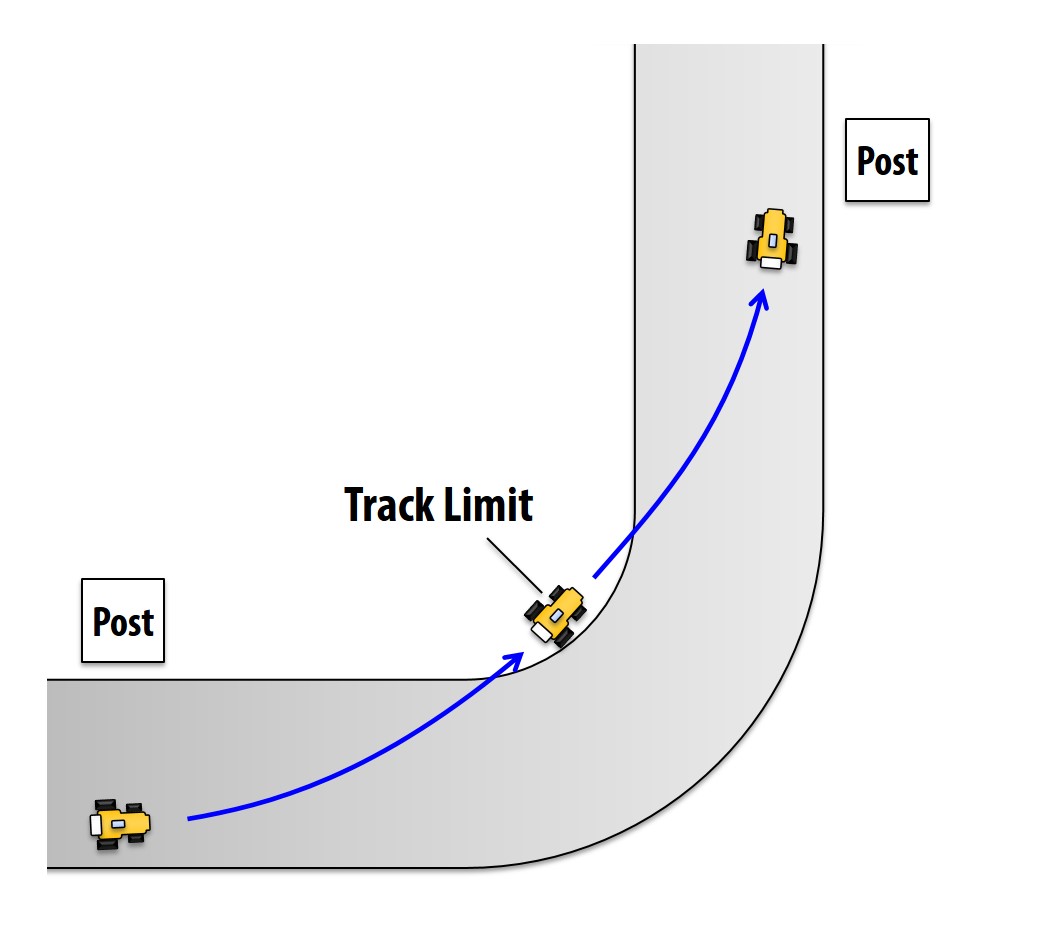
If it is judged that the driver got the advantage such as the position up or improvement of lap time by track limit, it may be imposed penalty.
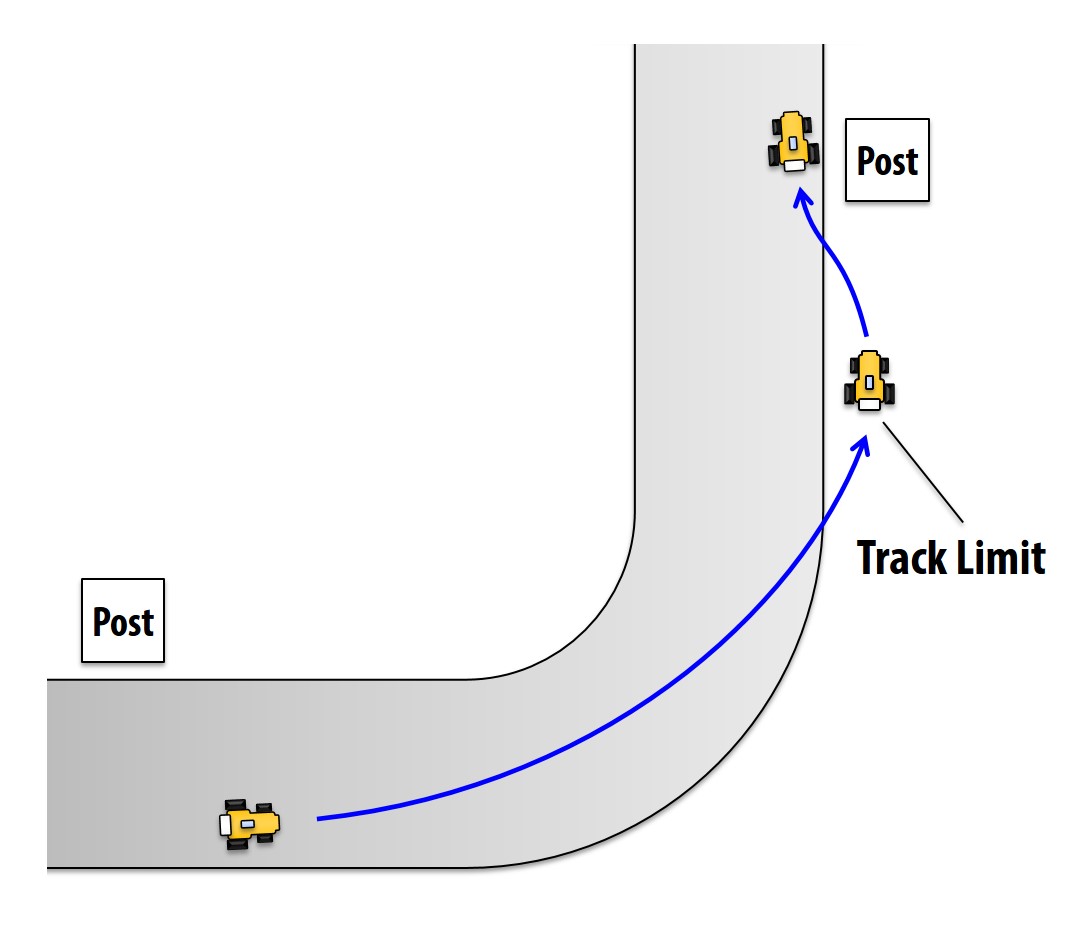
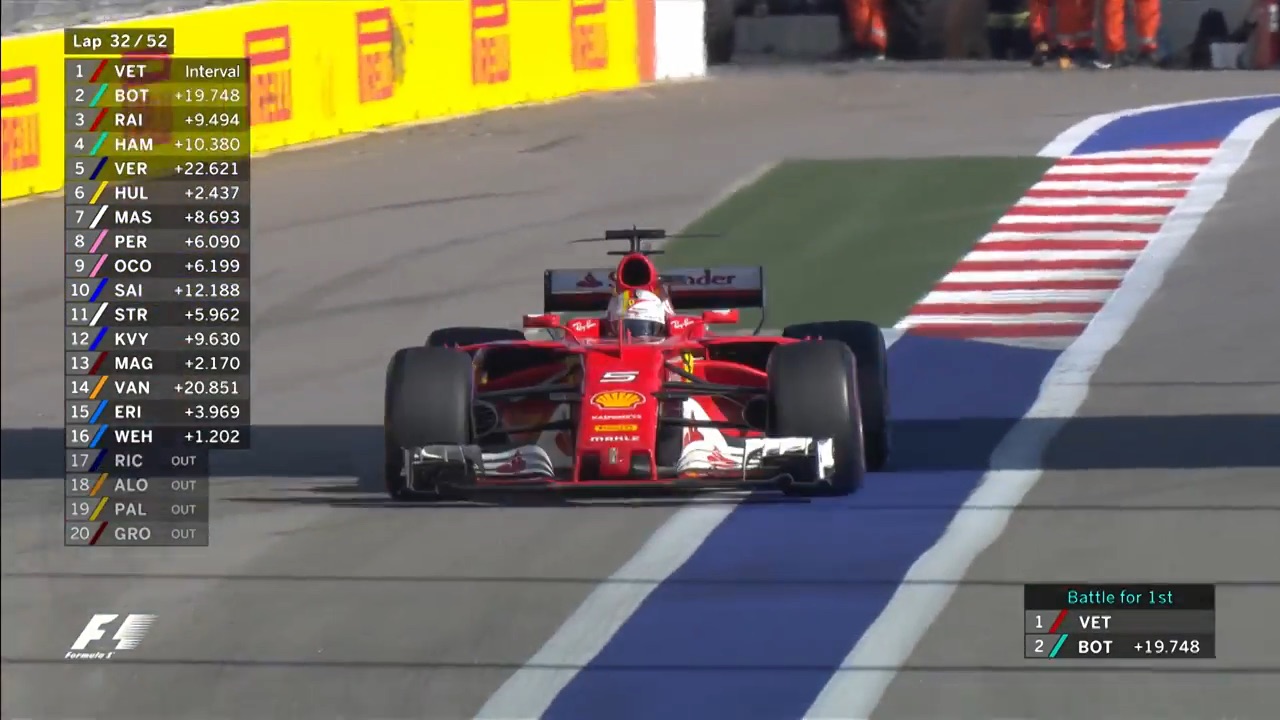
How to recover from out of the track
If the driver make a mistake of the brake timing and off the track, it is necessary to return to the track safely. If the driver interferes with other cars when returning to the course, it may be imposed penalty.
When the car that has left the track has returned, it must not interfere the other car.

2019 FIA Formula 1 Round 7 Canadian Grand Prix
When the overrunning Sebastian Vettel returned to the track, it interfered the Lewis Hamilton who was driving behind on the track. Sebastian Vettel was imposed 5 seconds time penalty as dangerous return to the track.
Sebastian Vettel finished the race at the top, but he was switched to Lewis Hamilton and finished second due to this time penalty.
#5 Sebastian Vettel
5 seconds time penalty
UNSAFE RE-ENTRY AND FORCING ANOTHER DRIVER OFF THE TRACK
Overtake
You must also follow the rules on how to pass during a race.
Cars that are about to be overtaken are allowed to change course once to keep their place. It is a violation to turn left or right zigzag so that you are not overtaken. In commentary on TV broadcasts, etc., it is said that “the course must be changed only once to protect the ranking”, but this refers to the rules prescribed in Appendix L of the International Motorsports Regulations.
After the car being overtaken changes direction to maintain its position, when returning to the racing line again, you and the end of the course must be at least one car wide. The reason for leaving the space is to secure the course of the car you are trying to overtake. If you do not leave the width of one car, it is considered that you have changed the course two or more times and you may be penalized.

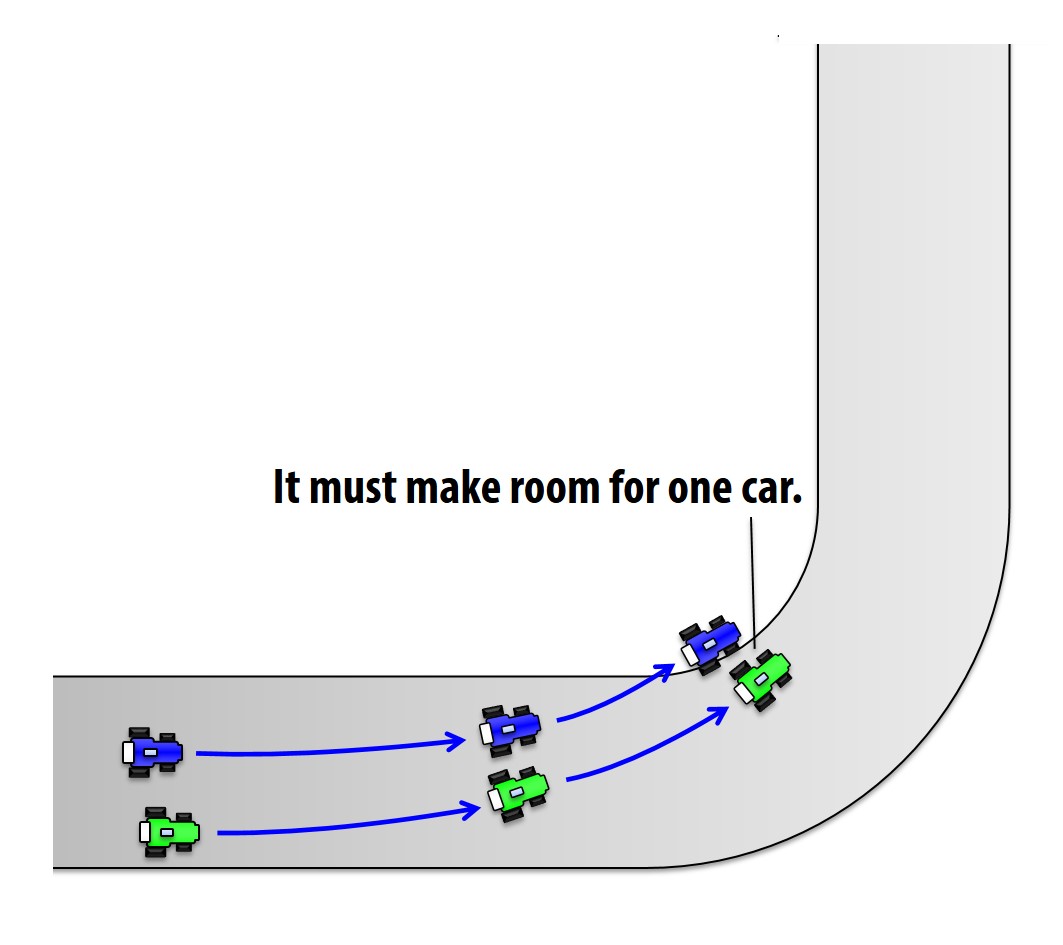
2017 FIA F4 JAPANESE CHAMPIONSHIP Round 3 Fuji Speedway
CHAPTER IV - CODE OF DRIVING CONDUCT ON CIRCUITS
2. Overtaking, car control and track limits
b) Overtaking, according to the circumstances, may be carried out on either the right or the left.
A driver may not deliberately leave the track without justifiable reason.
More than one change of direction to defend a position is not permitted.
Any driver moving back towards the racing line, having earlier defended his position off-line, should leave at least one car width between his own car and the edge of the track on the approach to the corner.
However, manoeuvres liable to hinder other drivers, such as deliberate crowding of a car beyond the edge of the track or any other abnormal change of direction, are strictly prohibited. Any driver who appears guilty of any of the above offences will be reported to the Stewards.
Car repair
When it occurs the trouble of the car, it is permitted to repair the car by team crew at the pit. If the car stops on the course, the driver must repair the car by himself using on-board tools. It is prohibited repairing the car by the third party or receiving the tools from the other person.
In the sprint race, it is rare for the driver to repair the car at the side of the course, but in the endurance race such as the Le Mans 24 Hours Endurance Race, the driver often repairs the car to return to the pit.
In 2012 Le Mans 24 Hours Endurance Race, the Nissan Delta Wing was hit by TOTOYA TS030 HYBRID of LMP1 class and crashed to wall. At that time, Satoshi Motoyama who was driving the Delta Wing tried to repair the car at the side of the course for almost an hour to return to the pit, but unfortunately retired the race.
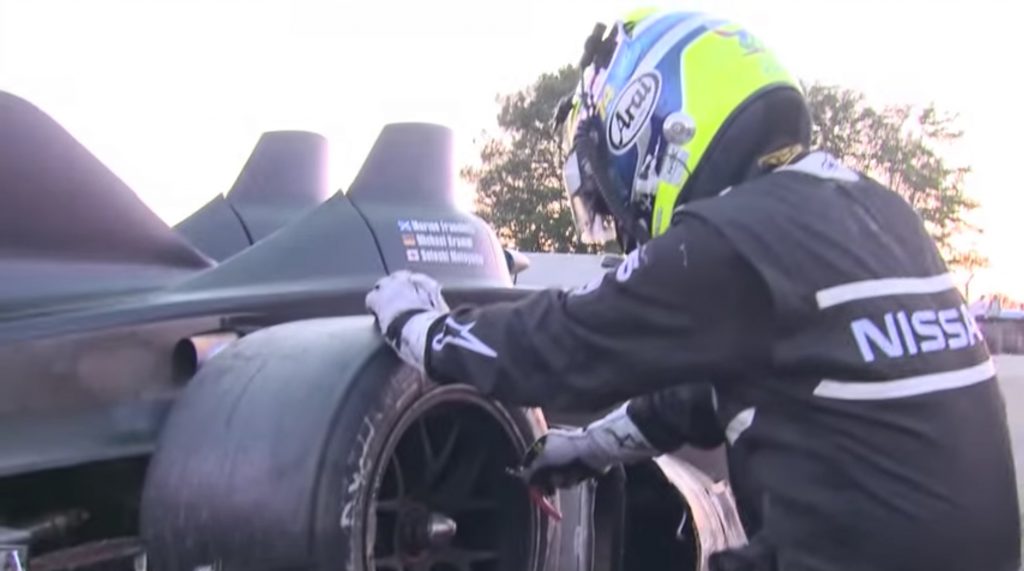
CHAPTER IV - CODE OF DRIVING CONDUCT ON CIRCUITS
3. Cars stopping during a race
c) Repairs carried out on the track may only be made by the driver using tools and spare parts carried aboard the car.
It is prohibited pushing the car on the course.
Even if the car stops on the course due to the trouble, it is prohibited pushing the car by hand.
In 1984 Formula 1 United States Grand Prix, Nigel Mansell pushed the car by hand to receive the chequered flag, but this is a violation currently.

CHAPTER IV - CODE OF DRIVING CONDUCT ON CIRCUITS
3. Cars stopping during a race
f) Pushing a car on the track is prohibited.
In case stopping the car
In case stopping the car that have the trouble, it is necessary to stop at the side of the course safely and immediately. When leaving the stopped car, the driver must be changed the gear to neutral and attach the steering wheel to help course marshalls remove the stopped car form the course. In case continuing run with parts damaged or oil leaking, the driver may be displayed orange disc flag.
In case stopping the car due to the trouble, the driver must stop the car at the safe place such as the side of the course.

CHAPTER IV - CODE OF DRIVING CONDUCT ON CIRCUITS
3. Cars stopping during a race
a) The driver of any car leaving the track because of being unable to maintain racing speed should signal the intention to do so in good time and is responsible for ensuring that the manoeuvre is carried out safely and as near as possible to a point of exit.













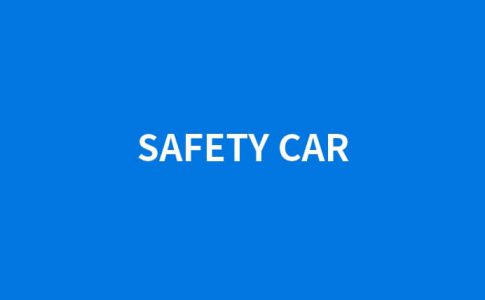
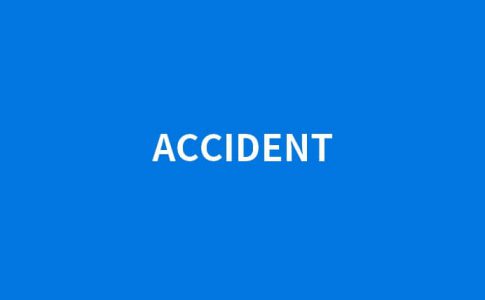
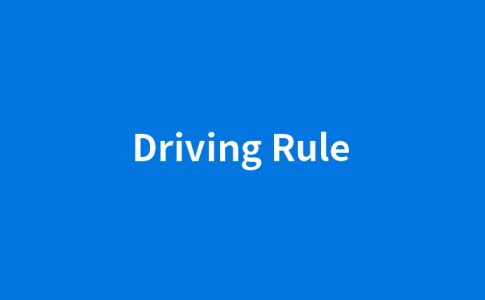


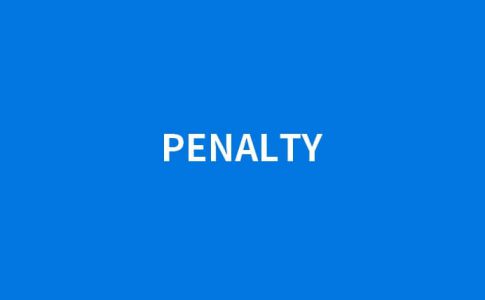


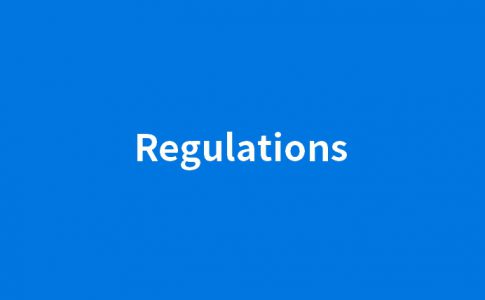
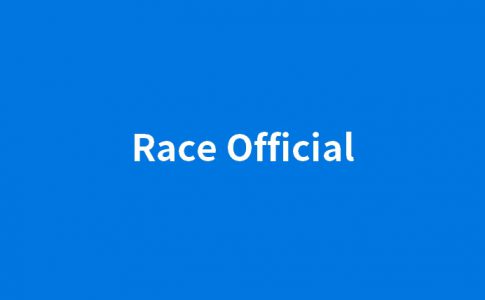
CHAPTER IV - CODE OF DRIVING CONDUCT ON CIRCUITS
2. Overtaking, car control and track limits
c) Drivers must use the track at all times. For the avoidance of doubt, the white lines defining the track edges are considered to be part of the track but the kerbs are not.
Should a car leave the track for any reason, and without prejudice to 2(d) below, the driver may rejoin.
However, this may only be done when it is safe to do so and without gaining any advantage. A driver will be judged to have left the track if no part of the car remains in contact with the track.